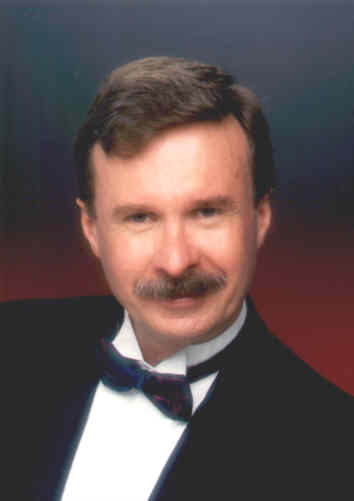 A Consultant's Casebook
A Consultant's Casebook
Research on Police Response Time
|
|


|
Investigation of Police Response TimeOur study of field interrogation suggested that the practice of “stop-and-frisk” be abolished. It did no good. It was biased. But even worse, it contributed to increased response time – the elapsed time between the moments someone telephones the need for police service and the police arrive. Police patrolling is organized by beats. Records are kept of every call-for-service and the street address where it originated. Depending on the number of patrol units available, the city will be divided into areas (beats) which generate approximately equal calls-for-service during a year. Typically, one patrol car is assigned to each beat, and the patrol car assigned to that beat should respond to all of the calls-for-service originating in that beat. This is important, because as the patrol car cruises randomly through the beat, and as crimes or calls-for-service originate randomly within the beat, we expect that the average distance from the patrol car to the call location is 2/3
ÖA, where A is the area of the beat. Simply, we assume that beats are square. The square root of the area is the length of one side of the square. Then, two-thirds of the length of one side is the average distance from the patrol car to the scene of the crime[1]. Consider what happens when the patrol car within the beat stops and interrogates a suspect. The officers radio the dispatcher to inform her that they are busy. If a call-for-service is received while the officers are performing their “stop-and-frisk,” the dispatcher needs to find the next closest patrol car (from a neighboring beat) to respond. Should the neighboring beat then also receive a call-for-service, the dispatcher will have to summon the next-closest vehicle. In Dallas, at that time, patrols responded to (on average) 7 calls-for-service during an 8-hour shift. Any discretionary activity that took the patrol out of service required a neighboring patrol to respond to calls-for-service originating in their beat. Further analysis suggested that within the first hour of a new shift, officers from neighboring beats were responding to approximately 97% of the calls-for-service. In other words, police almost never patrolled their assigned areas! The consequences of discretionary policing – “stop-and-frisk” or field interrogation had far reaching effects. First and foremost, such discretionary activity increased the workload on the entire force – officers needed to cover each other’s beats far more often than necessary, driving farther, faster, and using more fuel. Second, “stop-and-frisk” policing increased the response time. Citizens needed to wait far longer for a neighboring patrol car to service their request. Third, “stop-and-frisk” policing tended to equate the dangerousness of policing assignments. Since officers primarily serviced neighboring beats, the probability of being confronted by a dangerous situation that required the use of force was equalized across the force. Lambda, the probability of being involved in a shooting incident, was indeed equal for all officers regardless of their beat assignment. The point should be made, that not all police officers are equally pro-active in their approach. Some officers are more likely to initiate “stop-and-frisk” than others. Some officers are more likely to step out of their patrol cars to check locked doors, storage sheds, and industrial sites. Officers who aggressively patrol, who receive more commendations also receive more complaints. And officers who aggressively police are more likely to have been involved in a shooting incident. [1] The average distance becomes ˝ of the length of the side if we position the patrol car in the center of the beat and prohibit random patrol – thereby saving fuel & time! |
All material is copyrighted! Not to be used without the written permission of Andres Inn. ©2000.
Send mail to Andres.Inn@mail.ee with questions or comments about this web site.
|